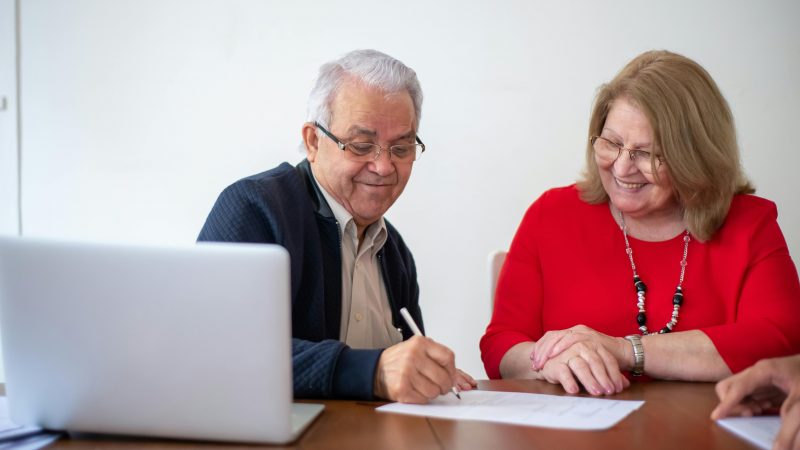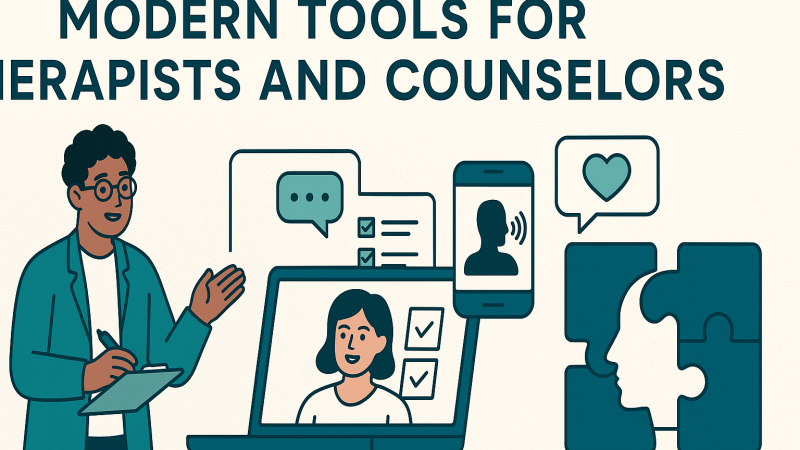Healing Hearts: Understanding and Addressing Congenital Heart Defects
In the intricate tapestry of human life, the heart is a symbol of resilience and the pulsating engine that sustains our existence. However, for some individuals, the journey of the heart begins with unique challenges—congenital heart defects (CHDs). This article aims to unravel the complexities of congenital heart defects, exploring their various forms, their impact on individuals and families, and the strides made in understanding and addressing these intricate conditions.
Understanding Congenital Heart Defects:
From Conception to Birth:
Congenital heart defects are structural abnormalities in the heart present at birth, often stemming from irregularities in the heart’s formation during fetal development.
These defects can affect the heart’s chambers, valves, or the major blood vessels.
Diversity of CHDs:
The spectrum of congenital heart defects is vast, ranging from mild conditions that may not require intervention to complex defects that demand surgical correction.
Common types include atrial septal defects (ASDs), ventricular septal defects (VSDs), tetralogy of Fallot, and coarctation of the aorta.
Impact on Individuals and Families:
Emotional Journey:
A diagnosis of congenital heart defects can evoke a range of emotions in families, from shock and fear to uncertainty about the future.
Navigating the emotional landscape becomes a shared journey for parents, caregivers, and individuals born with CHD.
Medical Challenges:
The severity of CHDs varies, influencing the medical challenges individuals may face.
Surgical interventions, medications, and ongoing medical care become part of the treatment landscape for managing CHDs.
Advancements in Diagnosis and Treatment:
Prenatal Screening and Imaging:
Advances in prenatal screening and imaging technologies allow for the early detection of certain heart defects during pregnancy.
Early diagnosis empowers medical teams to plan and intervene when necessary, optimizing newborn outcomes.
Pediatric Cardiac Surgery:
Surgical interventions, ranging from open-heart procedures to minimally invasive techniques, have undergone significant advancements.
Skilled pediatric cardiac surgeons are pivotal in correcting structural abnormalities and restoring normal heart function.
Cardiac Catheterization:
Minimally invasive procedures using catheters contribute to the treatment of certain congenital heart defects without the need for open-heart surgery.
Catheter-based interventions offer reduced recovery times and improved outcomes.
Life beyond Diagnosis:
Transition to Adulthood:
Individuals with congenital heart defects often require lifelong medical care, prompting the need for smooth transitions from pediatric to adult cardiac care.
Specialized programs support the transition, addressing the unique healthcare needs of adults with CHD.
Advocacy and Support:
Advocacy groups and support networks play a vital role in connecting families and individuals affected by congenital heart defects.
Sharing experiences and resources and providing emotional support fosters a sense of community and resilience.
Research and Hope for the Future:
Genetic Insights:
Advances in genetic research provide insights into the genetic factors contributing to congenital heart defects.
Understanding the genetic basis of CHD contributes to improved risk assessment and potential preventive measures.
Innovations in Regenerative Medicine:
Research in regenerative medicine explores the potential for using stem cells to repair damaged heart tissue.
While in the early stages, regenerative approaches offer hope for future treatments.
Conclusion:
As we delve into the realm of congenital heart defects, the journey reveals the challenges, resilience, and hope that characterize the lives of those affected. Advances in medical science, prenatal screening, and surgical interventions have transformed the landscape of care for individuals with CHD. Yet, the journey extends beyond medical interventions—embracing emotional support, advocacy, and a shared commitment to fostering a future where congenital heart defects are better understood and preventable and where every beating heart, regardless of its unique journey, is celebrated for its strength and capacity for healing.





